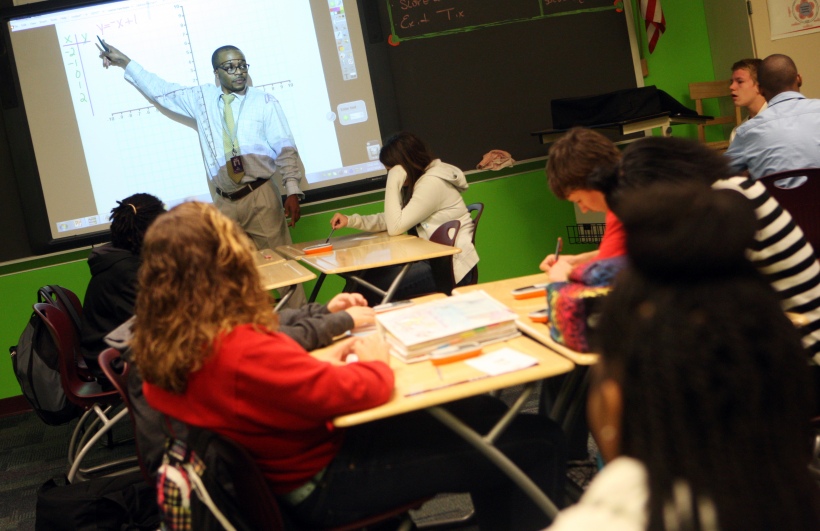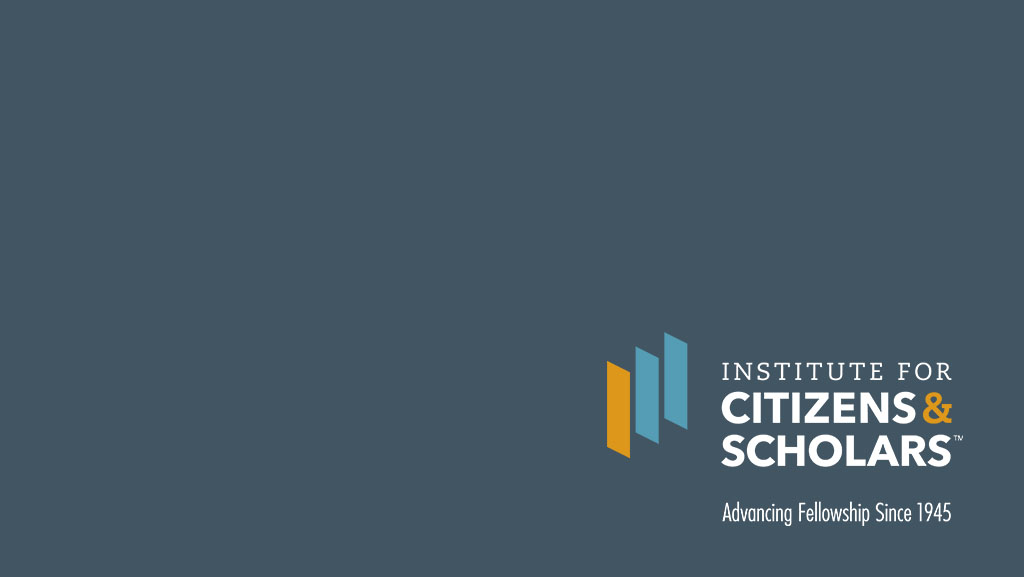News
Why higher ed should care more about great public schools
This week, for American Education Week, business leaders, policy makers, and social entrepreneurs have been and will be commenting on the importance of K–12 education in creating opportunity in the American workforce. Everyone who speaks or writes will be praising the many ways in which public schools provide the basic preparation, especially in math and science, that is essential to career success today. All of us will also agree on the importance of the nation’s more than 3.7 million public school teachers in shaping young people’s lives.
I would bet, however, that we will hear much less this week about the place great public schools occupy at the heart of American higher education.
The connections between K–12 and higher ed are obvious: Even at Ivy League schools, a reported 55 to 70 percent of incoming first-year students in the most recent classes are graduates of public schools, and that number is much higher at most colleges and universities. Staying and succeeding in college requires a good elementary and secondary education. Going on to a master’s degree program, pursuing a professional degree, even entering a Ph.D. program to become one of the next generation of professors—all of these educational attainments start with great public schools, as do acquiring career skills and developing the fundamental understandings that informed global citizens now need.
And yet, for all that, public K–12 schools too often remain a world apart from higher education in the United States. University-school partnerships, where they exist, are often relegated to colleges and schools of education that prepare K–12 teachers—and teacher preparation is often low in the hierarchy of ed schools, as my colleague Arthur Levine notes in Educating School Teachers. Aside from faculty complaints that first-year students arrive on campus ill-prepared or that too few students have what it takes to pursue graduate study, there is little conversation across the arts and sciences about K–12 education. Meanwhile, limited communication between college and high school faculty leaves some students caught in the middle—especially in math and science—repeating material that they have already covered in advanced high school courses, or finding themselves unprepared for college-level work.
Things look even more dire when the demographics of the nation’s urban and rural public K–12 schools come into play. Even 60 years after Brown v. Board, the racial geography of many public school districts translates into affordability issues, diversity issues, and unequal access. When we look at college attainment and completion rates, the lack of diversity among college students and faculty, or political disenfranchisement among young people, what we’re really seeing is the desperate need in our nation’s public schools for better communication between school teachers and college professors, for better preparation and retention of teachers, and for stronger school leadership. Every one of those elements is an area in which higher education can—and must—do more to help.
It’s worth noting that many individual faculty, and many colleges and universities, do partner in various ways with their local schools. In the Woodrow Wilson Teaching Fellowships, arts and sciences faculty work alongside education faculty, with the endorsement of senior campus leadership, to prepare teachers. Both individual college faculty and campus leaders engage with school districts in Say Yes to Education’s efforts to ensure college readiness. The early college work being done by organizations like Jobs for the Future relies heavily on partnerships between school teachers, school and district leaders, and college arts and sciences faculty. Such efforts are a step in the right direction and must be encouraged, in addition to the research and scholarship missions that are central to higher education.
So during American Education Week, it’s worth taking a moment to stop and think, not just about great public K–12 schools, but about all of American education—and how urgently it depends on a good start in our schools. Public schools are still the foundation and the prerequisite for the greatness of higher education. We need to start making them a higher priority on our campuses.


